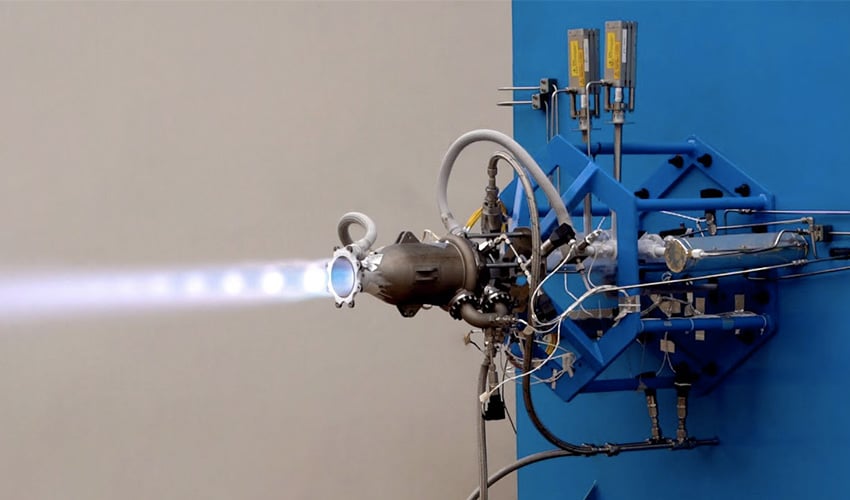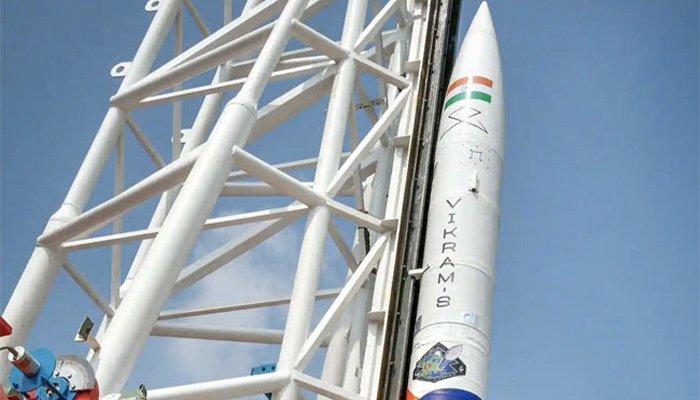Skyroot Aerospace and Dhawan-II’s More Powerful 3D Printed Cryogenic Engine

Back in 2020, we introduced you to Dhawan-I, a 3D printed cryogenic engine made by Skyroot Aerospace. Three years later, the Indian company has been working on a more powerful model, unveiling to the public the new and improved Dhawan-II, which is said to have successfully completed testing. Like its predecessor, this engine is also 3D printed. Skyroot’s cryogenic rocket engine uses two rocket propellants: liquid natural gas (LNG) and liquid oxygen (LoX), which require temperatures below -150°C for storage and operation. The tests were conducted at Solar Industries’ propulsion test facility in Nagpur, India.
Over the past several months, numerous 3D printing projects in the aerospace sector have been unveiled. These include the first launch of Relativity Space’s almost entirely 3D printed rocket, the Terran 1. NASA also showcased the RDRE, its 3D printed rocket engine for deep space missions. In fact, the space agency has even opened a new center to promote the adoption of metal 3D printing in aerospace applications. This initiative is expected to increase the number of 3D printed parts for use in the sector.

Last November, Skyroot Aerospace launched the Vikram-S rocket (photo credits: Skyroot Aerospace)
A More Powerful 3D Printed Cryogenic Engine
What do you think of this 3D printed cryogenic engine? Let us know in a comment below or on our LinkedIn, Facebook, and Twitter pages! Don’t forget to sign up for our free weekly Newsletter here, the latest 3D printing news straight to your inbox! You can also find all our videos on our YouTube channel.
*Cover photo credit: Skyroot Aerospace






